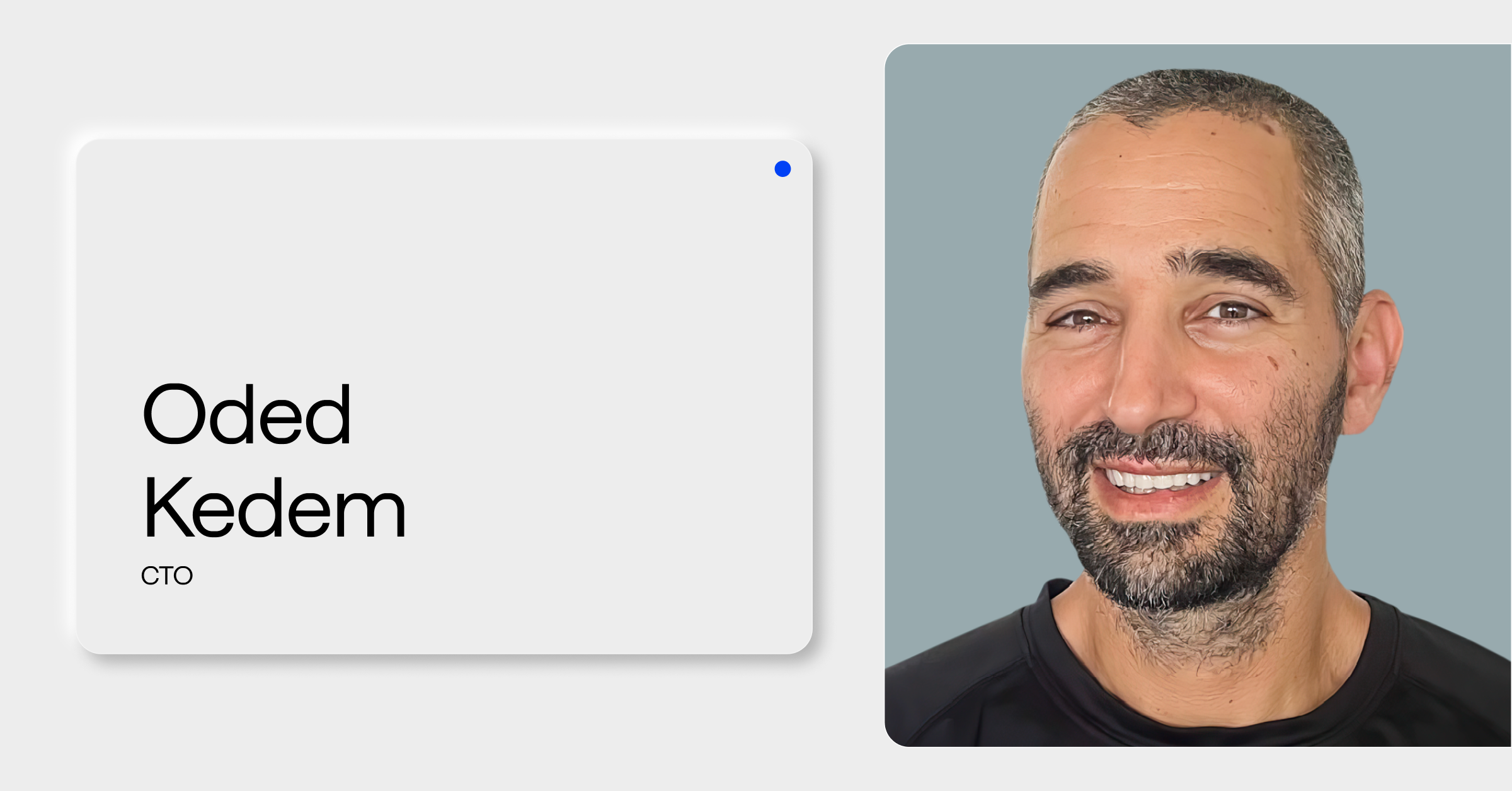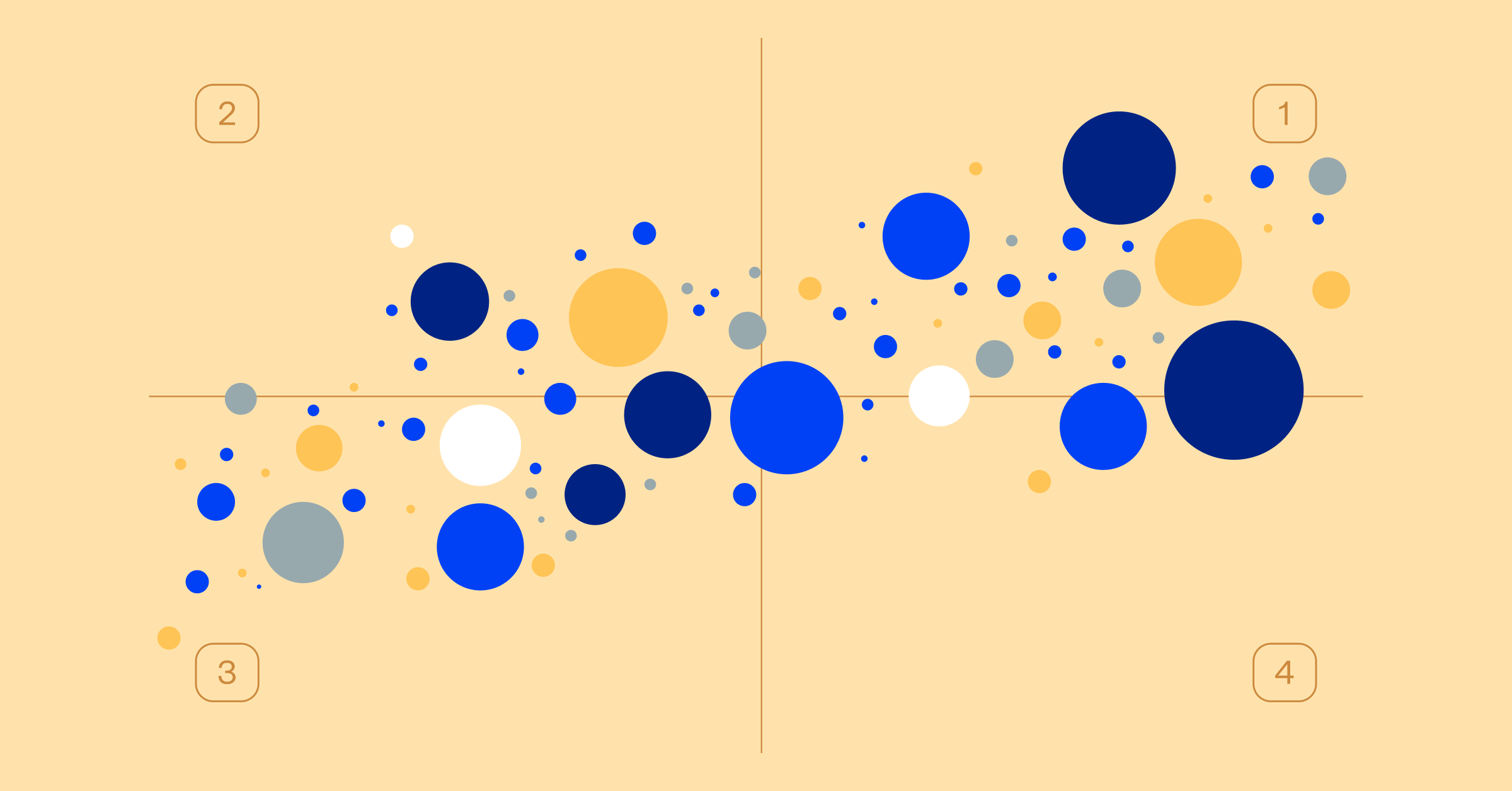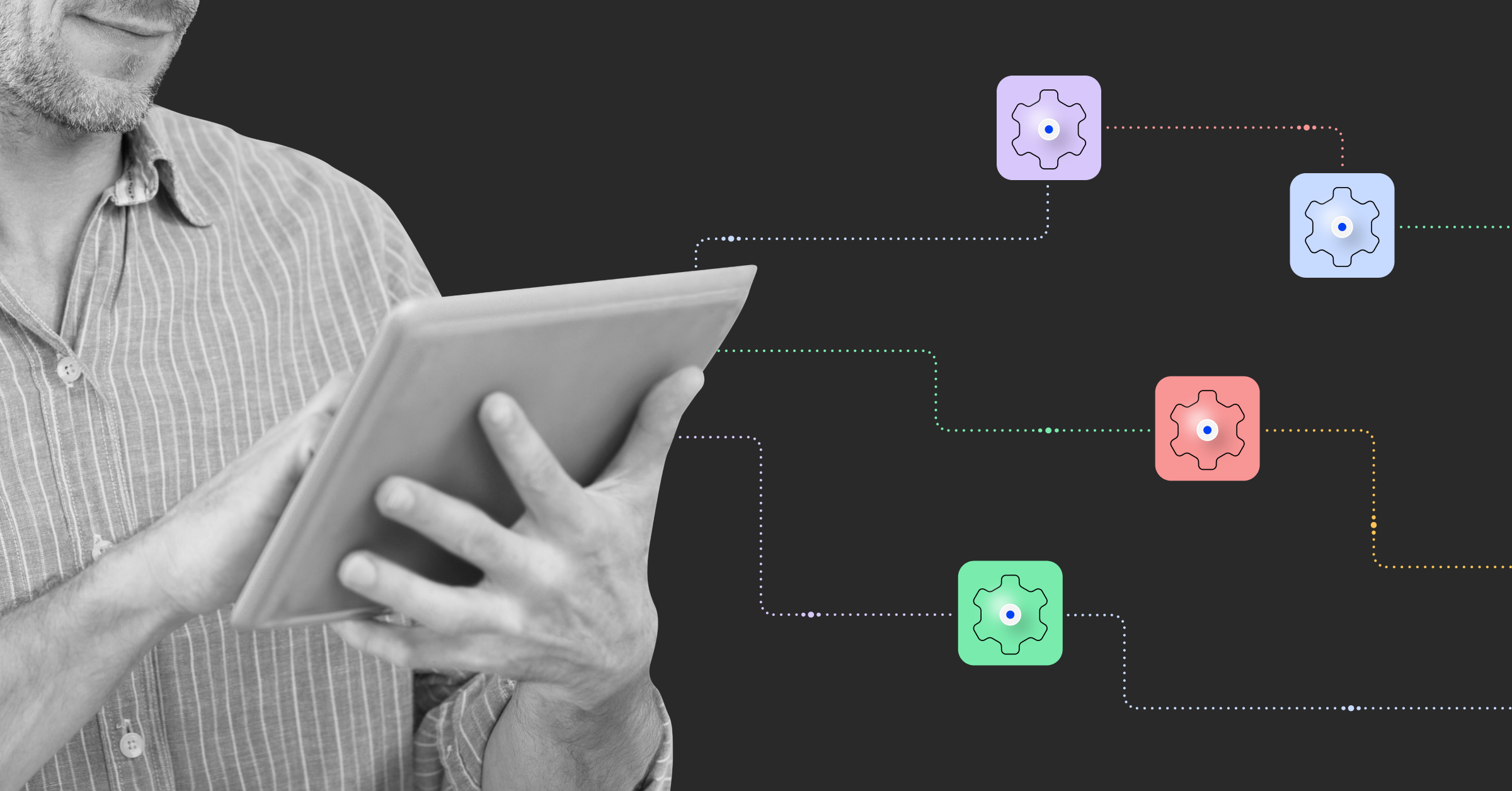Meet BigPanda Chief Technology Officer Oded Kedem

BigPanda recently welcomed Oded Kedem, our new Chief Technology Officer, to the team. Oded brings a wealth of experience in software from ground-up development to managing engineering teams and was also the founder of Zerto, a Cloud BC/DR company.
Throughout his many years in the industry, Oded has developed a deep understanding of AIOps and the needs of customers. He recognizes that we are just scratching the surface with AI and automation. As we continue to harness more of this cutting edge technology, he knows BigPanda’s mission to empower the teams that keep the digital world running will be fully realized.
Read on for more of Oded’s story, his take on the future of the AIOps industry and advice for future CTOs.
Q: Why did you choose to join BigPanda?
I was drawn to BigPanda for a number of reasons. The first is that the business has a great product market fit – there isn’t another product out there that can do what BigPanda does for IT Operations teams. My second reason is that there is still growth potential for BigPanda.
We’re in a very exciting place and you feel that when you’re in the office and speaking with colleagues. BigPanda has the feeling of a very young company with so much to look forward to. I’m thrilled to be a part of working towards a world where teams run their digital services seamlessly.
Q: What are you working on right now that most inspires you?
Since its inception BigPanda has been providing AIOps, enabling customers to replace and automate tedious manual efforts as well as gain insights from big data. We recently accelerated our use of standard Large Language Models (LLMs) and generative AI within the product.
This is an opportunity to take the large amount of customer data that BigPanda is exposed to and digest it with state-of-the-art machine learning technology, bringing even more value and insight to our customers. I am very excited to work closely with the development teams on these projects and for the opportunities to implement generative AI that will have a massive impact on our customers.
Q: Are there any current industry trends that excite you? And which ones give you pause?
The answer to both of these questions is AI and cybersecurity. AI (generative AI, Machine Learning, LLMs) provides massive opportunities to create value for customers that have not existed in the past. Powerful technologies such as AI must always be used with caution.
AI brings security and compliance challenges, which must be addressed at the beginning of the project and not as an afterthought. There is so much promise with AI, but we must use it thoughtfully and work to mitigate risks.
Q: What gaps exist in the AIOps industry?
In the evolving landscape of AIOps, significant progress has been made in automating and optimizing workflows. But we’re still just scratching the surface of what our customers need to enhance efficiency and move AIOps from a reactive process to a proactive one.
With BigPanda, we’re helping our customers consolidate from hundreds or thousands of alerts to just a few incidents, thus reducing time to recovery significantly. We can continue to go even further by leveraging AI to automate analysis and mitigation of incidents until there is a day when teams are running fully automated operations and service tickets cease to exist.
Q: What is the one thing you hear from customers that you are trying to improve for them?
Our customers have a lot of data: in our case, it is environmental data such as incidents and alerts. They expect us to help them utilize this data to streamline their processes and improve their uptime in order to provide a better service for their end users. We help make sense of their data to identify and manage software incidents, which ultimately reduces operational costs while also providing seamless experiences for their customers.
Q: What are three key learnings you’ve gathered throughout your career?
It’s all about the customer. This seems obvious because everything we build, we do it to provide value to our customers. But, in reality, it’s common for engineering and product teams to be overconfident about their knowledge of the customer’s needs or pains.
Use every customer interaction as a learning opportunity. Even the things that seem very difficult are not “rocket science” (except real rocket science ?). Sometimes we tend to assume that some domain knowledge is held by very specific people and are reluctant to dive into it. However, once an engineer starts learning the material, they usually find out that it wasn’t as difficult as they thought. A recent example is around AI and LLMs.
An initial reaction might be that utilizing it requires years of AI/ML experience and while experience certainly helps, we can all learn it and utilize these new technologies to provide value to customers. We just have to take it seriously enough, invest the time in learning and leave our comfort zone.
Lastly, the things that are hard for you are also hard for your competitors and are likely to provide significant value to customers. These can be products or features that may require a lot of resources, maybe manual work or diving into less documented technologies. We all initially tend to take the standard and easy route, but sometimes the big value is actually outside of our comfort zone. We have to listen to our customers who will usually point us in that direction.
Q: What advice would you give to someone looking to break into a CTO role?
A CTO must be very familiar with the details. It’s a role that cannot just look at the technology from 30,000 feet. They have to be extremely close to the code, the product design, and the developers themselves.
They must think strategically and with a big-picture mindset but at the same time live and feel the everyday details. Additionally, they should be very close to the customers and the teams working with them: sales, marketing, and support to assure the technology is aligned with what customers need.




